python3 笔记
1、指定编码方式
# import importlib,sys
# importlib.reload(sys)
参考: https://www.zhihu.com/question/31110175
后记:
发现上面那个不行,就用下面这个
from urllib.parse import quote
quote("* and _xxxx_name_:1111 and 哈哈哈哈 | with_pack_meta", 'utf-8')
2、字符格式转换
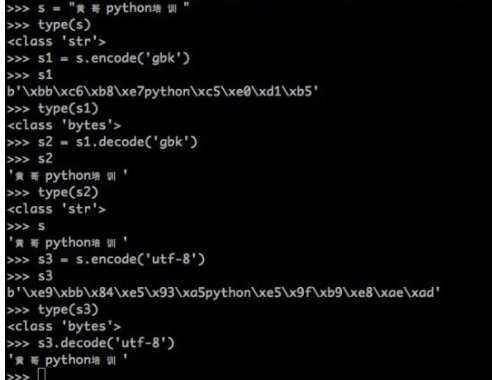
3、判断字符是否为纯数字
q="12ee3"
print (q.isdigit())
4、引用文件库小技巧
比如要导入 we文件下rr文件中han文件(库),可以像下面这样写
from we.rr import han
5、文件夹下的__init__.py 初始化文件(告诉python 这个是个可以调用的库,引入里面函数的方法如下)
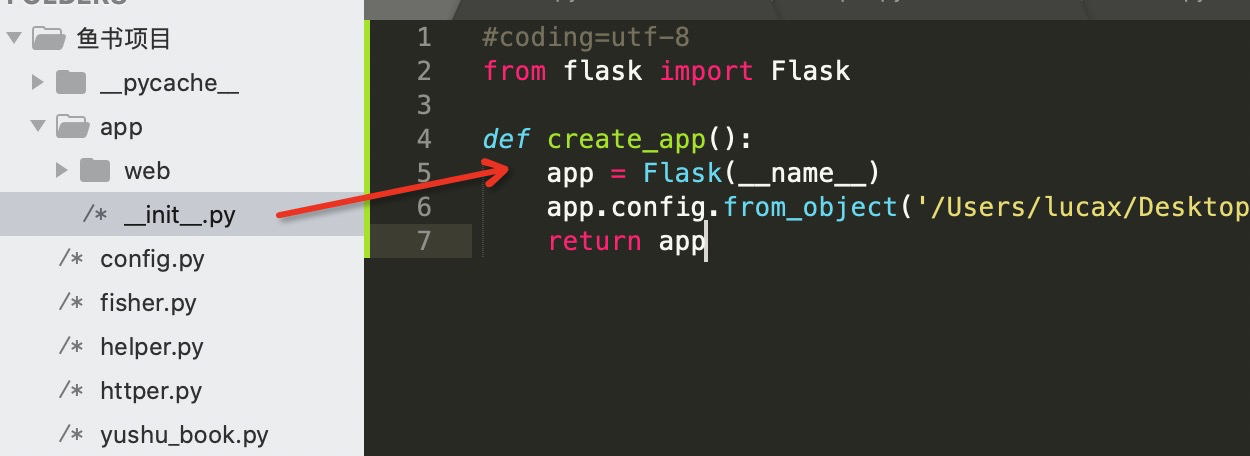
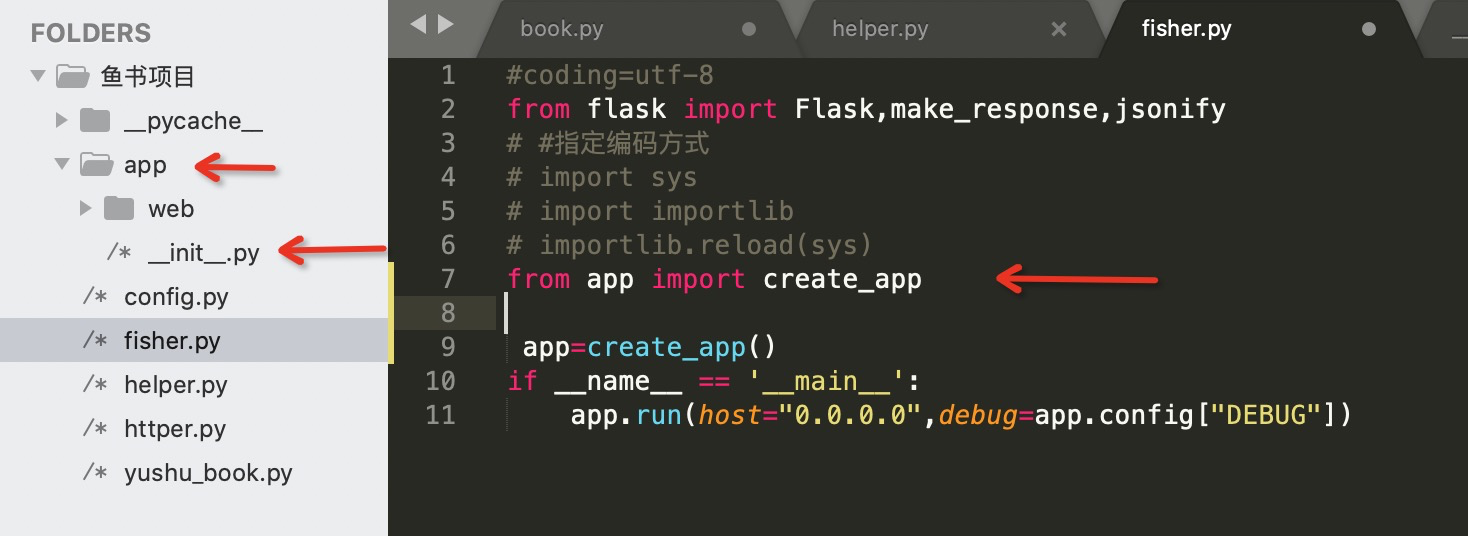
6、去掉前后空格的函数 strip()
a=" 12 3 "
print (a.strip())
7、判断变量是否赋值成功 (这个还没试过)
if aa == None:
print "赋值失败"
下面这个可以
if aa:
print “不为空”
else:
print “为空”
8、try 和 except 用法的解释
try:
1/0
except Exception as ex:
print ex
print "自己要输出的东西"
这里 except 就和with类似,ex是上文返回的东西
可以参考: https://www.cnblogs.com/kaibindirver/p/12688998.html
https://www.runoob.com/python/python-exceptions.html 还可以定义其他判断出错的方法
9、函数指定参数传输
def AS(a=None,b=3):
print a,b
可以指定传b参数 AS(b=5)
10、Python continue 语句跳出本次循环,而break跳出整个循环
11、getattr()函数 和 setattr() 函数
getattr()函数 #获取类里面某个值
getattr(a, 'bar',"不存在") 获取a类里面bar值不存在,就返回"不存在",不加这个 类里面不存在这个值代码会报错
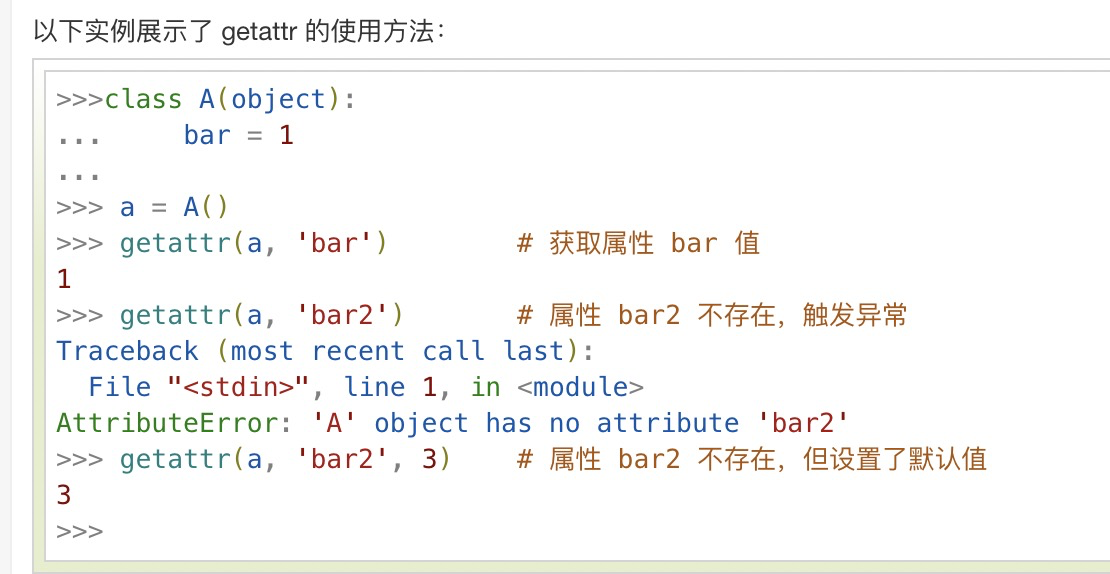
参考:https://www.runoob.com/python/python-func-setattr.html
setattr() 函数 #设置类里面某个值
setattr(a, 'bar',"设置的值")
参考: https://www.runoob.com/python/python-func-getattr.html
类里面写的提示的方法
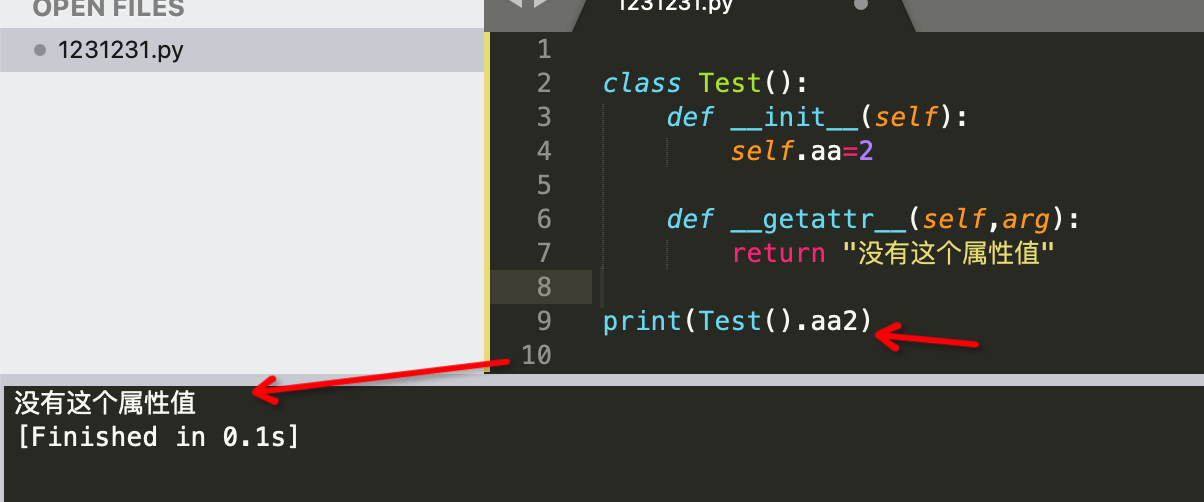
12、循环往数组里面添加字符的高级写法(列表推导式)

13、当字典取值为空,想默认赋值的高级语法:
def __cut_book_data(cls,data):
book={
'author':'、'.join(data["author"]),
'summary':data["summary"] or '',
'image':data["image"]
}
return book
14、print换行的方法
print(1,end='')
15、输出中文乱码问题
import io
import sys
sys.stdout = io.TextIOWrapper(sys.stdout.buffer,encoding='utf-8')
https://www.cnblogs.com/llfctt/p/11833383.html
16、取字典键的值为空,返回一个默认值
a={}
a.get("aaa",0)
17、格式化新写法
format format 格式化函数
a = 1
b = 2
c = 3
print(f'a={a}, b={b}, c={c}')
# 等价于print('a={}, b={}, c={}'.format(a, b, c))
18、三元表达式
三元表达式
19、合并2个字典的方法
dnew = dict(d1, **d2)
20、查看变量的类型是否为指定类型
a=123
if isinstance(a, int):
print("相同")
和下面的逻辑一样
if a ==type(123)
#判断变量类型的函数
def typeof(variate):
type=None
if isinstance(variate,int):
type = "int"
elif isinstance(variate,str):
type = "str"
elif isinstance(variate,float):
type = "float"
elif isinstance(variate,list):
type = "list"
elif isinstance(variate,tuple):
type = "tuple"
elif isinstance(variate,dict):
type = "dict"
elif isinstance(variate,set):
type = "set"
return type
21、推导式写法 去除列表中为空的元素
lst = ["apple", "", "banana", "", "orange"]
lst = [element for element in lst if element != ""]
print(lst)
```
输出结果为:
```
["apple", "banana", "orange"]
22、小数点转百分比
http://www.enlanhao.com/code/289271.html
num = 0.22
percent = '%.2f%%' % (num*100)
print(percent)
33、保留小数点后2位
percentage=1.0111
"%.2f"%percentage
33、数组里面的值直接赋值出去

34、获取数组内的元素 和 他的下标用enumerate函数
for i, item in enumerate(all_data):




